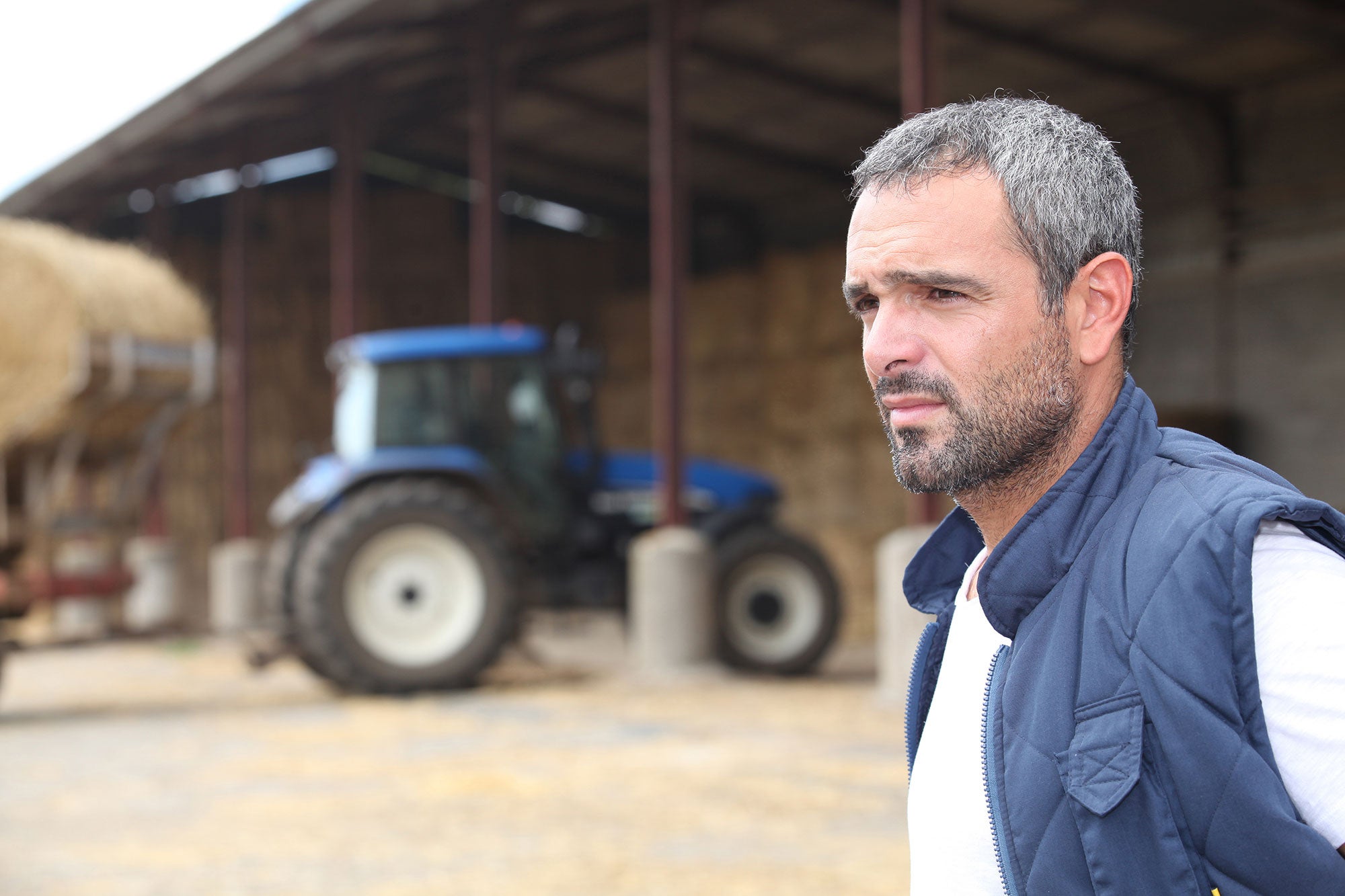The National FFA Organization has raised over $1.4 million during the 2025 Give FFA Day campaign, surpassing 2,200 total donations. The funds will support agricultural education and leadership development for more than 1 million FFA members across the country.
This year’s campaign aimed to raise $1.5 million to provide opportunities for young agriculturists to grow in leadership, personal development, and career success. Donations will be used to address the organization’s greatest needs, ensuring the expansion of programs that equip students to sustain the global food, fuel, and fiber industries. Contributions will also help provide FFA jackets to members in need, support travel assistance for conferences, and fund programs dedicated to empowering female members and assisting agricultural educators.
The Give the Gift of Blue program has raised nearly $11,500 to help provide iconic FFA jackets to students who otherwise could not afford them. A donation of $85 supplies a personalized jacket and tie or scarf, fostering a sense of belonging and pride among members.
Other key fundraising initiatives include the Member Travel Assistance program, which has reached nearly 60% of its $5,000 goal to help cover travel and registration costs for major FFA events. The Women’s Impact Fund has raised almost $7,900 to support female leadership in agriculture, while the Teacher Support initiative exceeded its $5,000 goal, securing over $8,000 to provide essential resources and professional development for agricultural educators.
State FFA chapters played a crucial role in fundraising, with New York leading the leaderboard with $137,655 from 387 donors, followed by Oregon, Kansas, and Kentucky.
Through Give FFA Day, supporters are investing in the future of agriculture by empowering the next generation of leaders. Donations continue to ensure that FFA members have access to the tools, experiences, and education necessary for success in the industry.







